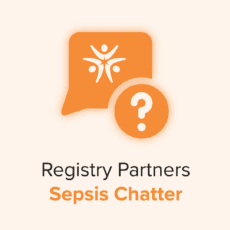
Testicular cancer is the leading cancer in men ages 15-44, but can affect a man at any time in his life. Risk factors for developing testicular cancer are family history of testicular cancer, abnormal development of the testicles, and being of caucasian race. This month’s blog will be dedicated to the anatomy of the testicles, with a special focus on the draining lymph nodes, in honor…








